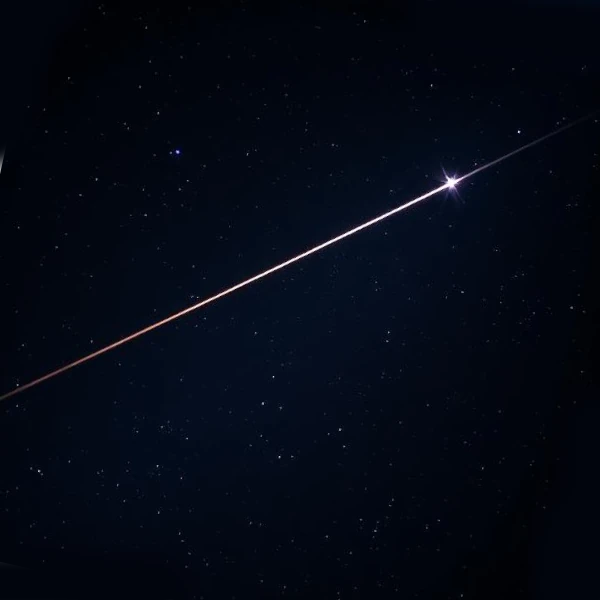
Who has never made a wish upon seeing a shooting star streak across the night sky? This tradition dates back to ancient times, but do you know what these "celestial tears" really are? Contrary to what their name suggests, shooting stars are not stars moving across the sky!
Shooting stars are actually tiny space dust particles, often no larger than a grain of sand, that enter Earth's atmosphere at incredible speeds. When they encounter the air surrounding our planet, these particles heat up so much that they become luminous, creating the trail of light we admire.
Most shooting stars come from comets that pass near Earth. When a comet approaches the Sun, it leaves behind a cloud of dust. Every year, at fixed dates, Earth passes through these clouds, giving rise to the famous meteor showers.
You can observe shooting stars all year round, but some periods are particularly favorable:
This tradition dates back to antiquity. The ancient Greeks believed that the gods watched Earth from the sky. A shooting star represented a moment when a god slightly opened the sky to see us better. Making a wish quickly allowed it to reach the gods directly!
When a space dust particle enters our atmosphere, it travels at a speed between \(11\) and \(72\) kilometers per second! At this speed, the air in front of it compresses and heats up enormously, reaching several thousand degrees. The dust particle then vaporizes, producing the characteristic light we call a shooting star.
N.B.:
Most shooting stars occur between \(80\) and \(120\) kilometers in altitude. This is well above airplanes, which generally fly at around \(10\) kilometers in altitude.
| Name | Peak Period | Hourly Rate | Origin |
|---|---|---|---|
| Perseids | August 12 | 100 stars/hour | Comet Swift-Tuttle |
| Leonids | November 17 | 15 stars/hour | Comet Tempel-Tuttle |
| Geminids | December 14 | 120 stars/hour | Asteroid 3200 Phaethon |
| Quadrantids | January 3 | 120 stars/hour | Asteroid 2003 EH1 |
Source: International Meteor Organization and NASA Meteor Watch.